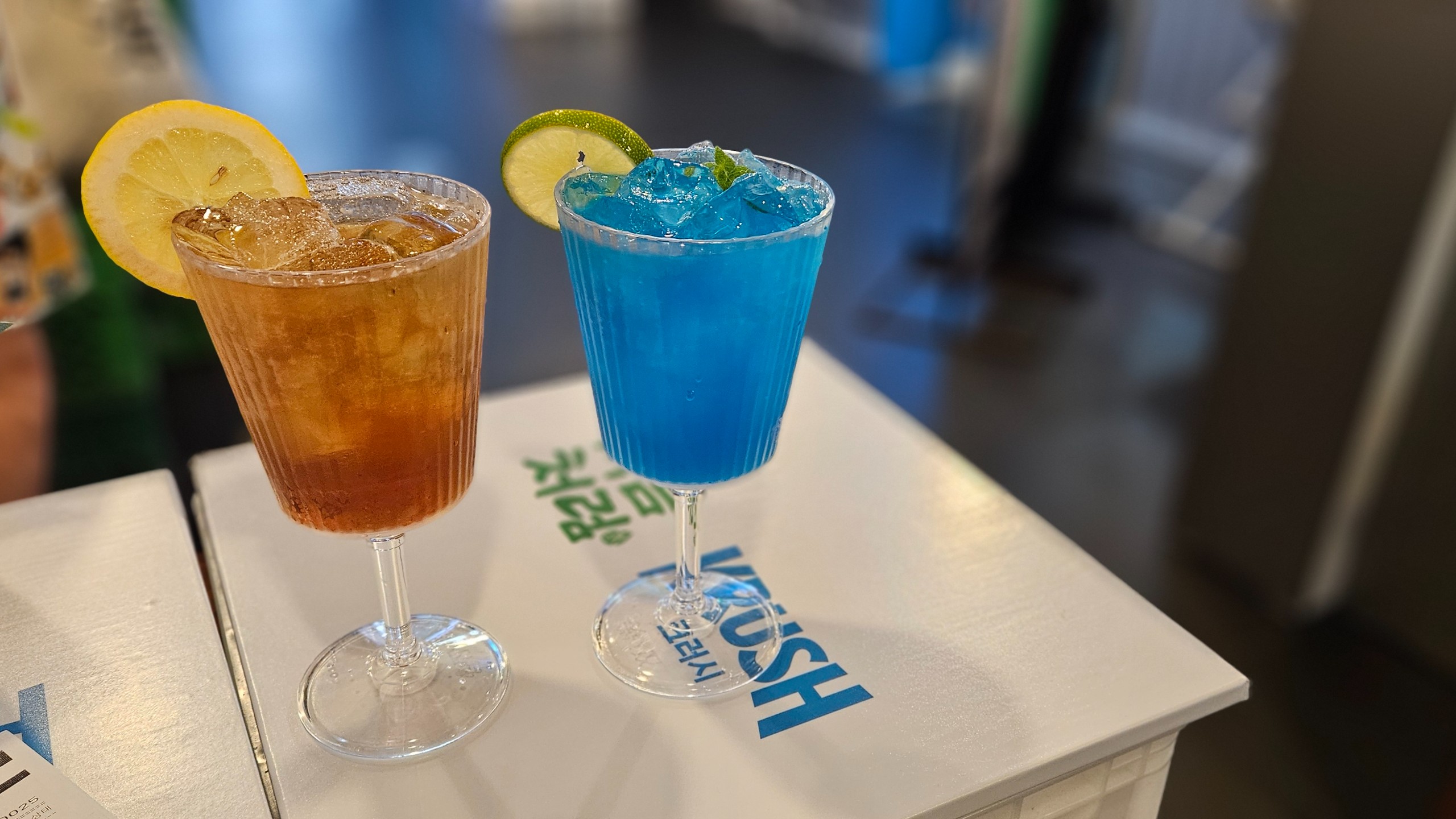
DAY 1
(Reading time: 5 minutes)
What are your expectations when returning to places you visited years ago? Do you want to see what has changed, or secretly wish that everything has stayed the same? And what if you have changed? Then no place can remain as you remember it. But that’s okay. You’re seeking new experiences, even in familiar places, and there will always be plenty of those.
We returned to South Korea after 5 years, and you know what? It’s still in the same place as the last time, there’s still no unification with the North, English is still almost non-existent, and everywhere you hear K-pop and smell kimchi.
There are more non-Asian tourists in Seoul now, especially young girls passionate about Korean pop culture. We didn’t notice many other changes, as we mainly came to discover things we hadn’t seen before.
One significant change I’ll mention, though. Five years ago, my Korean was in its infancy, barely saying anything, but ultimately “hands and feet” communication worked. This time, we traveled to places where Korean language skills were essential, and I had to show how much I’d improved… and somehow, it always worked out. More or less.😊 I realized I want to keep learning because even on our second trip, we weren’t done with South Korea.
Whatever your plans in South Korea are, they usually start in Seoul. We took a direct flight from Prague again with our favorite airline, Korean Air. Eleven hours on a plane isn’t ideal, but it feels shorter with a wide range of entertainment programs (I discovered an awesome Korean survival show, The Magic Star) and regular meals.
Korean Air offers a choice of three meals for lunch, one of which is always Korean national dish, bibimbap. The other two are usually European or Chinese cuisine. The number of full meals depends on the flight length, but if you get hungry, you can go to the area for meal preparation/heating and ask for instant soup, salty or sweet snacks, and any kind of drink.
On the plane, you’ll receive an arrival card from the crew, which you fill out and hand to an immigration officer during passport control at the airport in Korea.

After passport control and collecting our luggage, we headed to an exchange office, exchanged dollars for Korean wons, and… we suddenly became millionaires!

Korean currency has many zeros, so it’s not particularly hard to achieve those magic six.
If you are interested, here are the historical figures depicted on Korean banknotes:
1,000 KRW (blue) – Yi Hwang (philosopher)
5,000 KRW (pink) – Yi I (philosopher)
10,000 KRW (green) – Sejong the Great (king and “father” of the Korean script hangul)
50,000 KRW (yellow) – Shin Saimdang (writer and calligrapher)
Visiting any country a second, third, or n-th time is easier because you already know what to do and where to go. We still had our Tmoney Card from our last trip (see the article Larvae vs. BTS), a magic card (not just) for public transport. We topped it up at a machine, tapped it in the metro, and rode into the heart of Seoul. Easy as that.
Our first exploration of familiar territory began in Myeongdong, the liveliest shopping district in Seoul.

Many shops were in the same locations as we remembered, as well as numerous street food stalls! Noisy crowds of tourists hungry for shopping strolled the streets, stores lit up the surroundings, and food tempted us to try it. It was nice to be back.
With the hot and humid September weather, we got thirsty, so we headed to an interesting pop-up store that promised “innovative beer flavors” and “sugar-free soju” -> Krush Beer and Soju Sero.
You can’t impress Czech with foreign beer…
…so we treated ourselves to cocktails with their sugar-free soju instead. A good choice!

We enjoy foods that someone prepares right before our eyes or when we can eat them in an unusual (for us) way – we call it “experience dining.” We spotted one right after our small drinking session at a nearby street stall. Something was on fire there, and we wanted it.

Treats in marshmallow batter briefly exposed to an open flame from a blowtorch. Impressive to watch, delicious to taste. We tried the version with ice cream inside.
We ended the day with an evening walk along the Cheonggyecheon stream.
This isn’t just any ordinary stream but a historical one with a story!
Cheonggyecheon was a stream flowing from a mountain valley into Seoul during the Joseon Dynasty. After the Korean War (i.e. the North Korean invasion in the 1950s), a highway was built over the stream, and it was incorporated into the city’s sewage system. In 2003, the highway was demolished, the stream’s flow was revitalized, and the project for its restoration included a lovely visual with pedestrian paths, scenic spots, and small stages for cultural events.
Tired, well-fed, and well-walked, we arrived at our hotel with a beautiful view towards Namsan Tower and fell asleep with the feeling of a well-started vacation. Good night.

-endy-
DONKEY´S SPECIAL:
-mj-